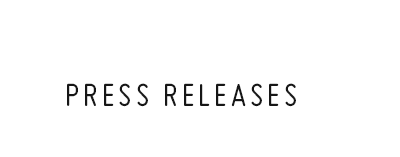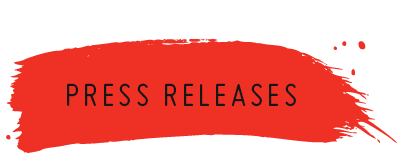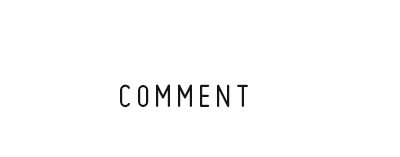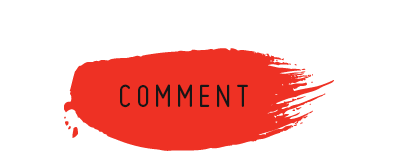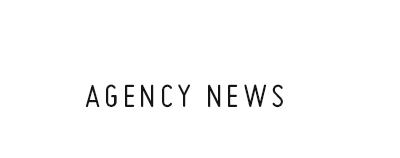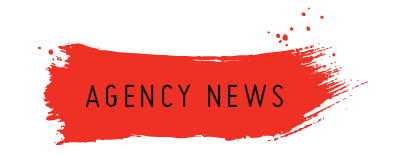Five Things to Consider Ahead of Exhibiting at a Trade Show
By Nicole O’Donoghue
Trade shows can be one of the most rewarding forms of marketing when approached with the right strategy but there are many factors and costs to consider before, during and after the event. Rather than set specific objectives, some companies attend tradeshows without truly considering what they are hoping to get out of it. Conversely, others may avoid trade shows altogether, if the cost outlay can’t be justified and the results are difficult to measure. If you’re a would-be exhibitor, ensuring you get the most from your attendance can seem like a daunting task but there are a number of steps that can be taken to ensure you get the best ROI for time as well as budget.
- What’s the point?
It sounds obvious, but the first thing to consider is why you are participating in this particular show? Establishing whether the event will enable you to achieve your business’ key objectives is the first step. If your primary objective is sales, then how many sales do you need to cover the cost of attending the show, and do you know whether any of your customer prospects will be there?
You might be aiming to enter a totally new market and meet potential customers, or launch a new product for existing customers, but either course needs to be strategically planned ahead of the show if you want to ensure an effective use of both time and money. Starting by defining measurable objectives for each specific show will mean that your PR & marketing and sales team can align to work together to achieve the goals that are set.
- Shout about it!
The next crucial step is making sure that potential (and existing) customers attending the show are aware of your products and why they should buy from you, rather than your competitors. Do you know who your target market is? How will you reach them?
If you already have a good sales database, regular social media updates and e-mail newsletters will help remind them to return to you. Introduce special promotions early and include a ‘call-to-action’ to give people an extra incentive to come and see you.
However, a wider PR campaign is essential if you want to raise your profile to new customers and fully optimise your investment. The best way to do this is through regular news announcements to relevant media outlets, before, during and after the show. If you have new products to launch, an industry event is the perfect time to announce it as you will have better access to a ready-made community of press and potential customers. Negotiating or applying for a conference speaking slot at an early stage in the planning (check deadlines with the event organiser when you book your booth space) will also give you the opportunity to present your company’s brand in front of a wider audience.
Including the event hashtags in social media updates also means that the show audience is more likely to find you. Even if you don’t have ‘news’, it’s still worthwhile to put out a “pre-show” press release that alerts the market to what products you will be showcasing.
- Look the part
The single most expensive element of exhibiting is almost certainly booth space, so your booth design needs to deliver ROI. Your booth design brief should carefully consider what you need from your booth; whether it needs to provide meeting space or a variety of demo areas. Do you have a large piece of machinery that can be installed or will you use videos to demo your products? How will you showcase your brand and USPs through the booth design?
A professionally-designed and constructed booth can help to reinforce the quality of your products and the professionalism of your business. However, not everyone has a budget that can stretch to this, and there is still a lot you can achieve with a shell-scheme booth. Print can make a significant impact, whether pop-up banners to full wall decoration. Remember that delegates may be trying to find your booth from afar so place your logo in a prominent position!
Holding an event such as a press conference, or even some simple end-of-day drinks is a great way to increase footfall to your booth, however you can really drive visitor interest with live product demonstrations and presentations throughout the event. Finally, ensure your booth staff are fully trained on your products and any sales procedures, so you can secure sales from both planned meetings and walk-ups.
- Pre-book appointments and track visitors
Most of your industry is in the same exhibition centre – that’s why you came! Apart from your sales targets, this is an opportunity to build media relationships, meet suppliers, and get involved in networking at the seminars. Keep a record of your visitors by collecting business cards, and make sure they know about your business, even if they are not sales targets – don’t forget that every contact is a potential advocate for your business.
Whether you have pre-booked meetings or casual booth walk-ups, having well-laid out and informative product brochures and catalogues, which you can print or email to your sales prospects, will pay dividends. Printed brochures may seem old fashioned to some people, but don’t underestimate the power of a well-designed hand out to create a memorable impression.
- Follow-up
Follow-up is crucial, plan it in advance and keep up the marketing effort. You shouldn’t leave it too long after the event – if you don’t contact your leads quickly one of your competitors will. It could be as simple as a thank you e-mail or resending your sales brochures to your leads, but it is important that you process them quickly, qualify them for prioritisation and add them to your mailing lists accordingly.
My last tip would be to ensure you pack some comfy shoes, it’s hard to stay cheerful when your feet hurt!
While exhibitions require a great deal of planning, it’s rewarding to watch all of your well-made plans pay off. Bespoke offers a full range of PR and Marketing support for events / exhibitions including press conferences/launches, exhibition booth and marketing collateral design, media liaison and direct sales emails. Contact us if you’re planning to participate in an event soon to find out how we can help you make it a success.
-
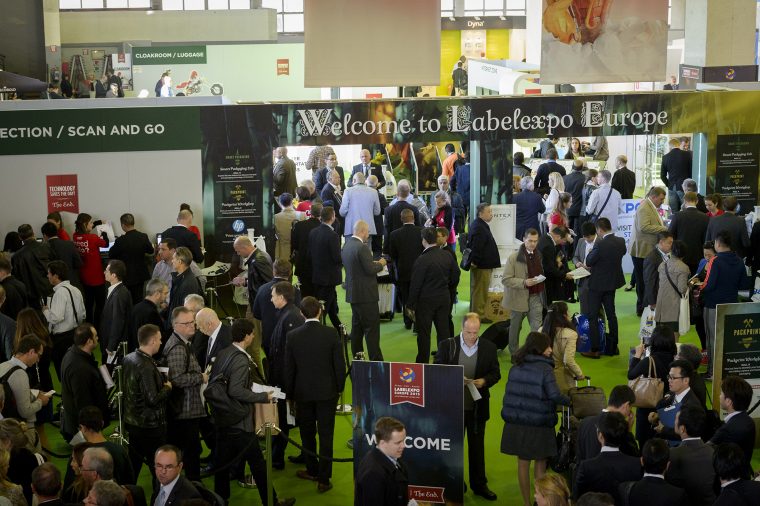 Image by Labelexpo Europe
Image by Labelexpo Europe
